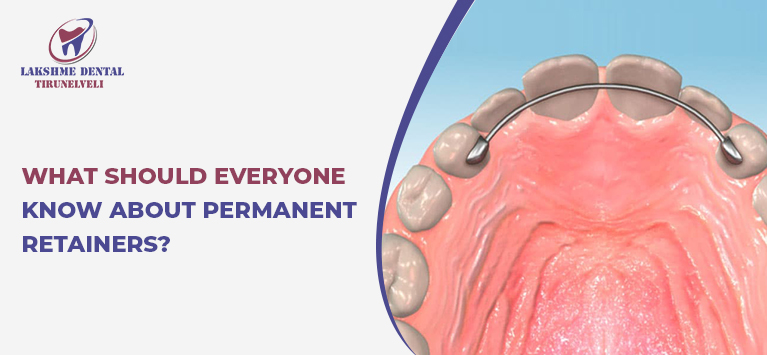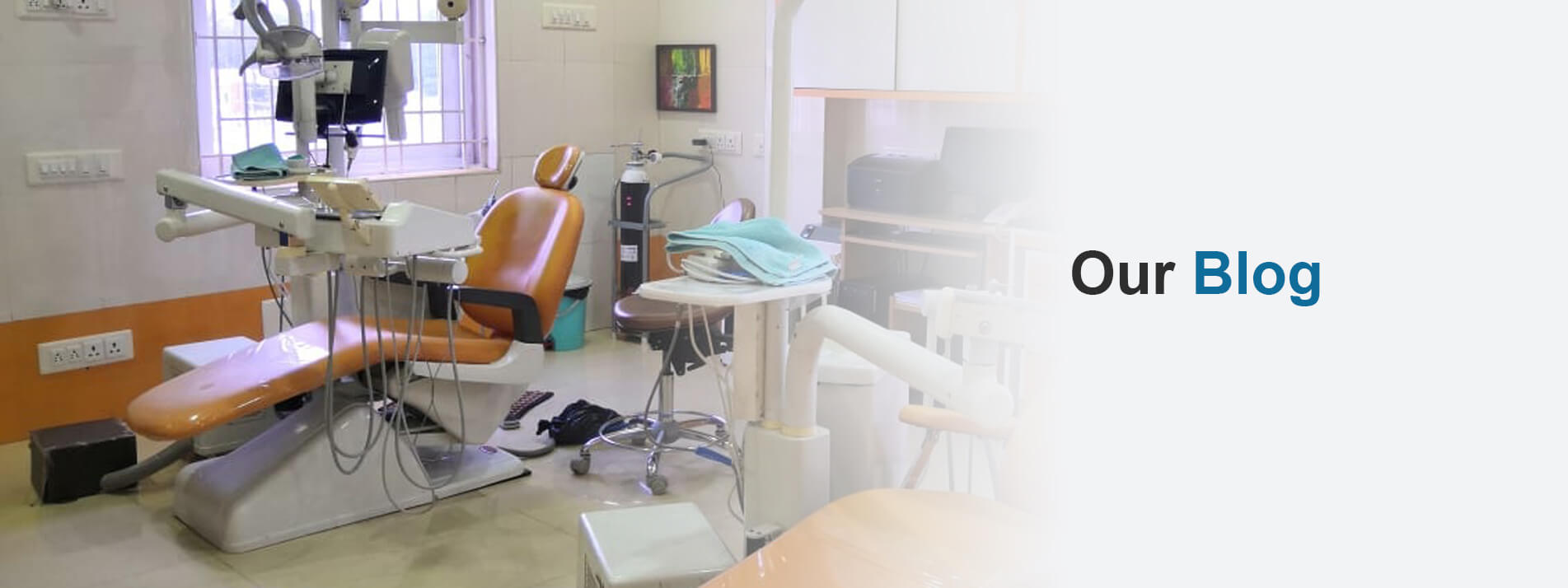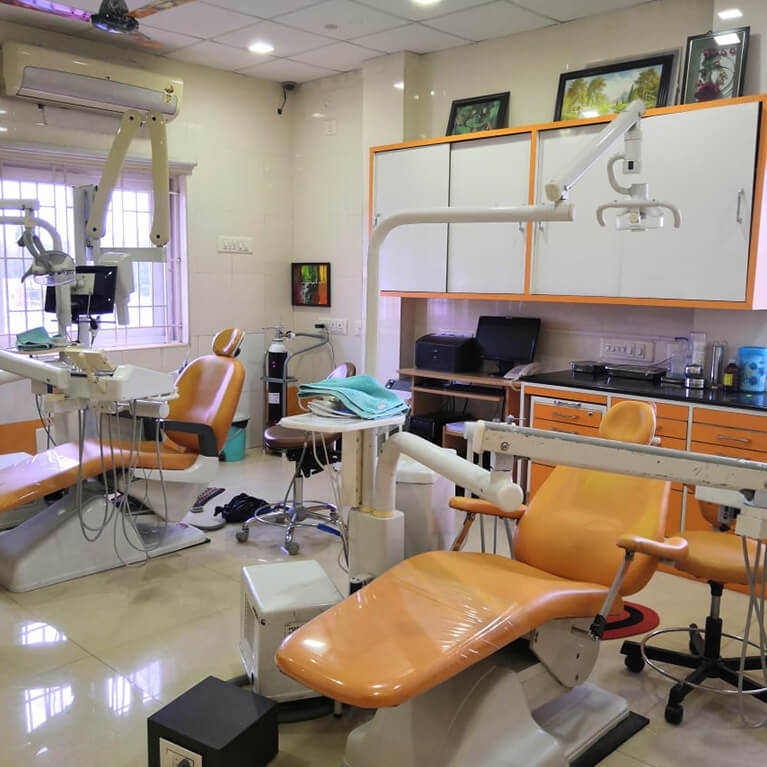
What should everyone know about permanent retainers?
Our teeth have a natural tendency to move to the available spaces. It shows that the aligned teeth can also move back to their original position after the braces are coming off. However, wearing a retainer will resist the relapse force so that the problem of teeth reverting to misalignment is prevented.
There are 2 types of orthodontic retainers available – removable retainer and permanent retainer. Your orthodontist would prescribe the right one depending on your needs, Depending on your needs, your orthodontist will recommend the best one for you. The removable retainers are quite popular. They are made of plastic or metal with acrylic and allow the users to take them out whenever they want.
However, the removable retainers cannot prevent the straightened teeth from rotating or shifting back to the pre-treatment position if you have issues in bone health. In such circumstances, you should wear permanent retainers.
Keep reading to know more about permanent or fixed retainers.
What is a permanent retainer?
The permanent retainers also known as fixed (or) bond retainers are a single wire that is attached to the lingual (or back) inside of the teeth using a special adhesive. In general, this appliance is made up of stainless steel or strong fiber hence the retaining device can last for many years.
Why do orthodontists recommend fixed retainers?
In general, the permanent retainers involve 2 placement techniques:
1) Fixing the retainer across the front teeth to canine
Orthodontists would bond the retainer in this manner if a patient had any of the following circumstances:
- Deep overbite
- Severe crowding with the incisors in the lower jaw
- Teeth crowding was fixed without any dental extractions
- Orthodontic treatment was provided without lower incision surgery
2) Fixing the retainer across all the teeth
The retainer device will be bonded in this manner if an orthodontist detects a patient has a higher chance of teeth misalignment after the orthodontic treatment. The other possible conditions include:
- Had one or more teeth loss before teeth straightening
- Spaces between the front teeth are closed.
- The teeth were severely crowded before wearing braces
In essence, the severity of crookedness, existing dental problems along with some pre-orthodontic procedures determine the type of permanent retainer suited for you.
Are there any difficulties associated with permanent retainers?
Even though this retainer is the ideal choice to prevent orthodontic relapse, it has some limitations as follows:
- High chances of plaque accumulation
- As the retainer is bonded across the teeth, it is quite tough to clean interdental spaces. It implies flossing will take longer.
- It causes speech impediments at times.
- It does not allow the wearers to eat hard foods because the extensive force will tend to damage or break the retainer.
The duration of wearing permanent retainers varies for each person. Some people have to wear it for 20 years also. Meanwhile, it will have no long-term adverse effects, but you must keep your mouth and the retaining device clean.
How should you take care of the permanent retainers?
Unlike removable or clear retainers, the permanent retaining devices do not require separate maintenance. You can clean the device as part of your usual oral hygiene routine. Brushing and flossing are made quite difficult with the spaces formed by bonding the retention devices.
Here are a few common maintenance practices for retainers that we recommend to our patients:
- Brush your teeth gently at different angles so that the bristles can clean all around the retainers.
- Use water flossers to disinfect the interdental spaces.
- Rinse your mouth with antibacterial mouthwashes.
- Avoid eating hard foods even though they are nutritious.
- Avoid biting and chewing inedible things.
- If you notice any looseness or damage to the retainers that are affixed to your teeth, replace them right away.
Bottom line
It is pivotal to wear retainers for at least 6 months following the completion of orthodontic treatments. If you don’t want to wear retainer braces, then the beautiful smile you acquired with the teeth straightening treatments will not last long. Removable and Permanent retainers tend to maintain the teeth in their proper alignment.
Besides keeping the straight for decades, retainers help prevent the teeth become crooked due to aging also.
Have queries in fixed retainers or need guidelines to take care of this appliance? Contact our orthodontists in Tirunelveli. Let us take part in protecting your straight teeth.










